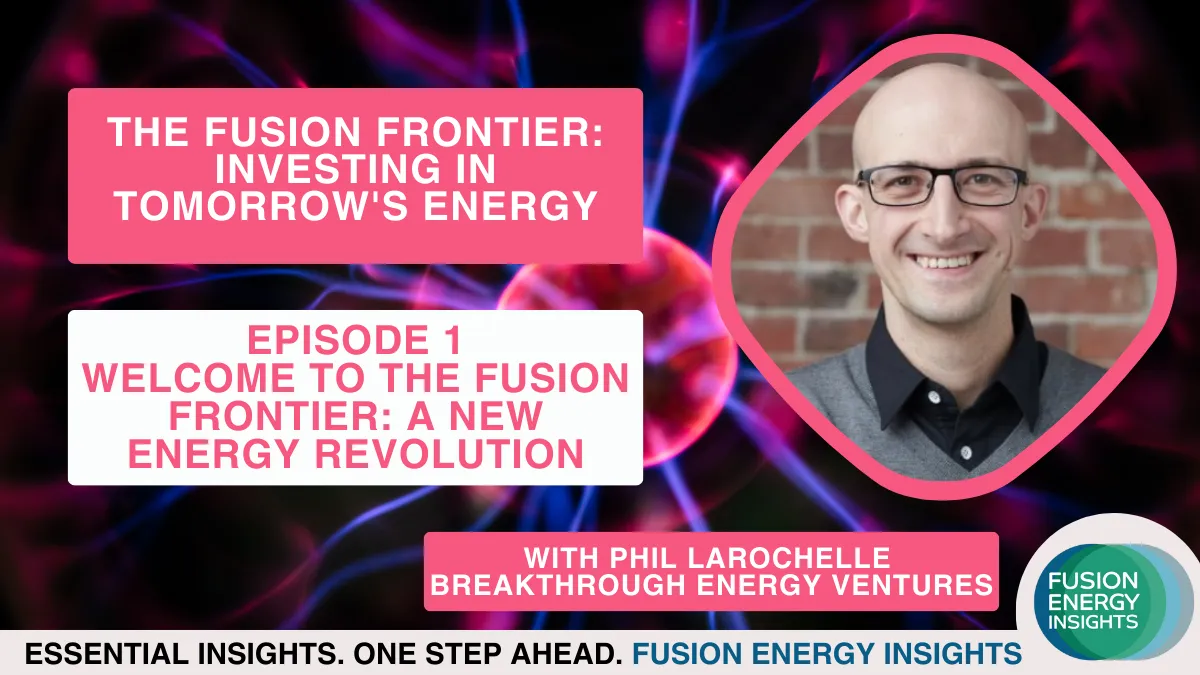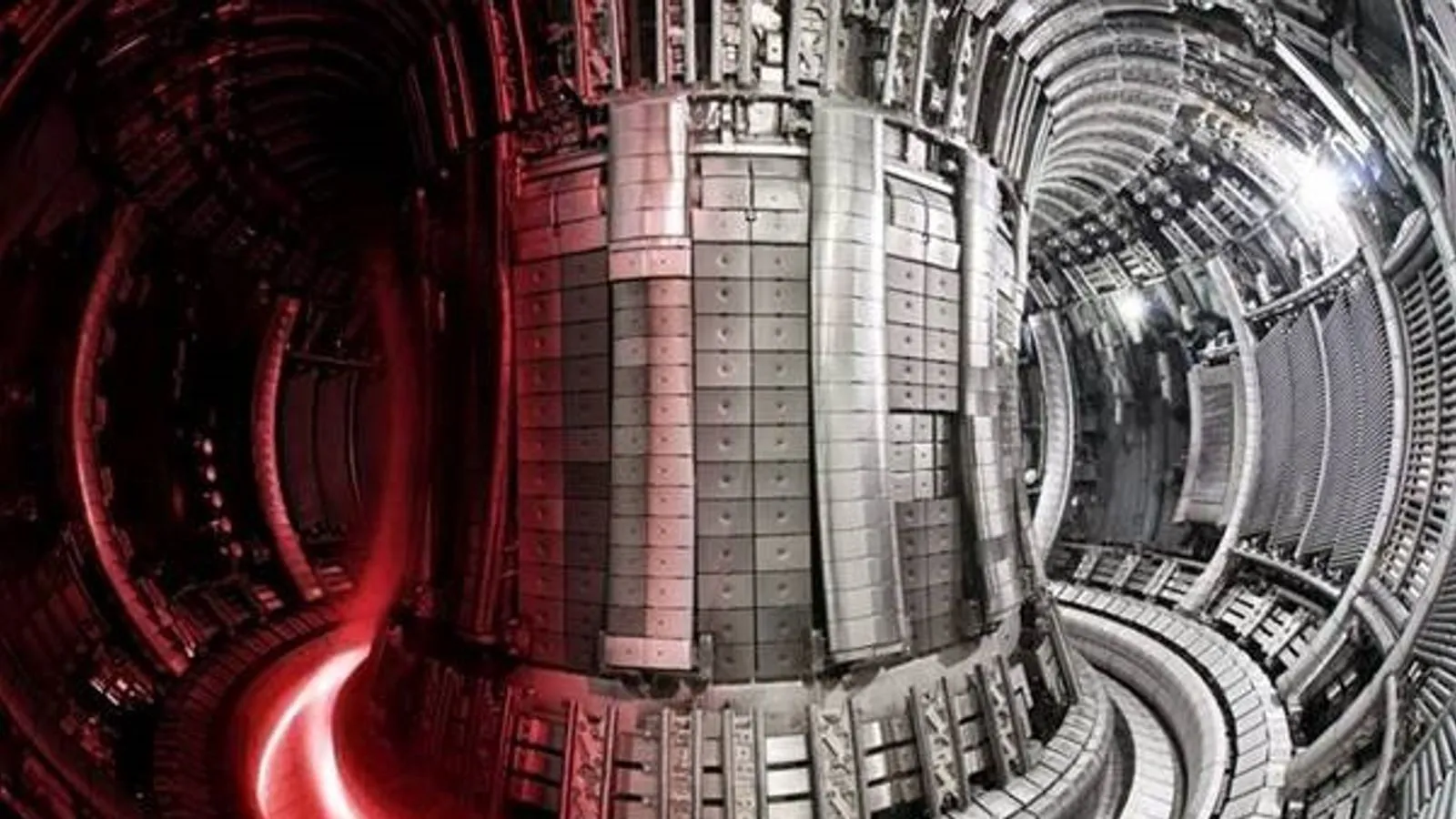The Fusion Frontier: A New Energy Revolution
In our recent podcast series, The Fusion Frontier: Investing in Tomorrow’s Energy, we spoke to experts in fusion energy and investment to dig deeper into the potential of fusion as a clean energy source, why investors invest in fusion, and some of the risks and opportunities along the way.
In Episode 1, we spoke to Phil Larochelle, partner at Breakthrough Energy Ventures, journeying into the world of fusion technology and exploring its potential to revolutionise the energy sector.

Here are 3 key insights from the conversation.
1. The fusion energy revolution will be larger than the scale of impact of the Industrial Revolution
Fusion energy could be “one of those kinds of signature events in human history” says Phil.
During the Industrial Revolution “we went from muscle and animal energy to chemical energy. We went from horses and humans and plough animals to burning wood and fossil fuels, and that was a thousand-fold increase in energy density. When you go from chemical reactions to nuclear reactions—which would be true for both fission and fusion—you're talking about a million-fold increase in energy density above that.”
The fusion energy revolution, as an even greater increase in energy density, could be a whole new paradigm in powering human activities.
2. Fusion energy promises “sustainable abundance for all” and is key to fighting climate change
Goal 7 of the UN Sustainable Development Goals is “ensure access to affordable, reliable, sustainable and modern energy for all”. Fusion can help the world achieve goal 7. Fusion energy is a carbon free energy source, for both electricity and heat (two major areas of global carbon emissions), which could be infinitely scalable.
According to Phil, “What's the promise of fusion? It’s the possibility of sustainable abundance for all. There's a whole bunch of challenges humanity faces, but energy is a key input to so many of those. And so to have a carbon free, infinitely scalable source of energy—that's pretty much one of the most useful arrows you could have in the quiver for everyone to have sustainable abundance for all.”
The energy density of fusion is high and hugely favourable to alternative energy sources. When JET set a world record in fusion energy output, (69MJ, about enough energy to heat a bathful of water) this was achieved using just 0.2 milligrams of fuel. A benefit of high energy density is that the infrastructure impact of fusion is also minimal, meaning that acres upon acres of land would not be needed. Instead, fusion power plants could be installed on old coal plant sites.

JET interior with superimposed plasma - © UKAEA / EUROfusion
Fusion could have a significant impact on climate change, but we cannot wait for it. We must seek to decarbonise our energy system now (with current technologies), whilst continuing to support other energy generation techniques like fusion.
Phil says: “if we wait for fusion to be ready to take serious action against climate change, we're going to be in a lot of trouble.”
3. Significant progress has been and is being made in fusion with it possibly being on the grid by the 2030s
Many believe that fusion will be on the energy grid during the 2030s, with some also trying to do it sooner. Helion Energy has entered a deal with Microsoft to supply fusion-powered electricity by 2028.
